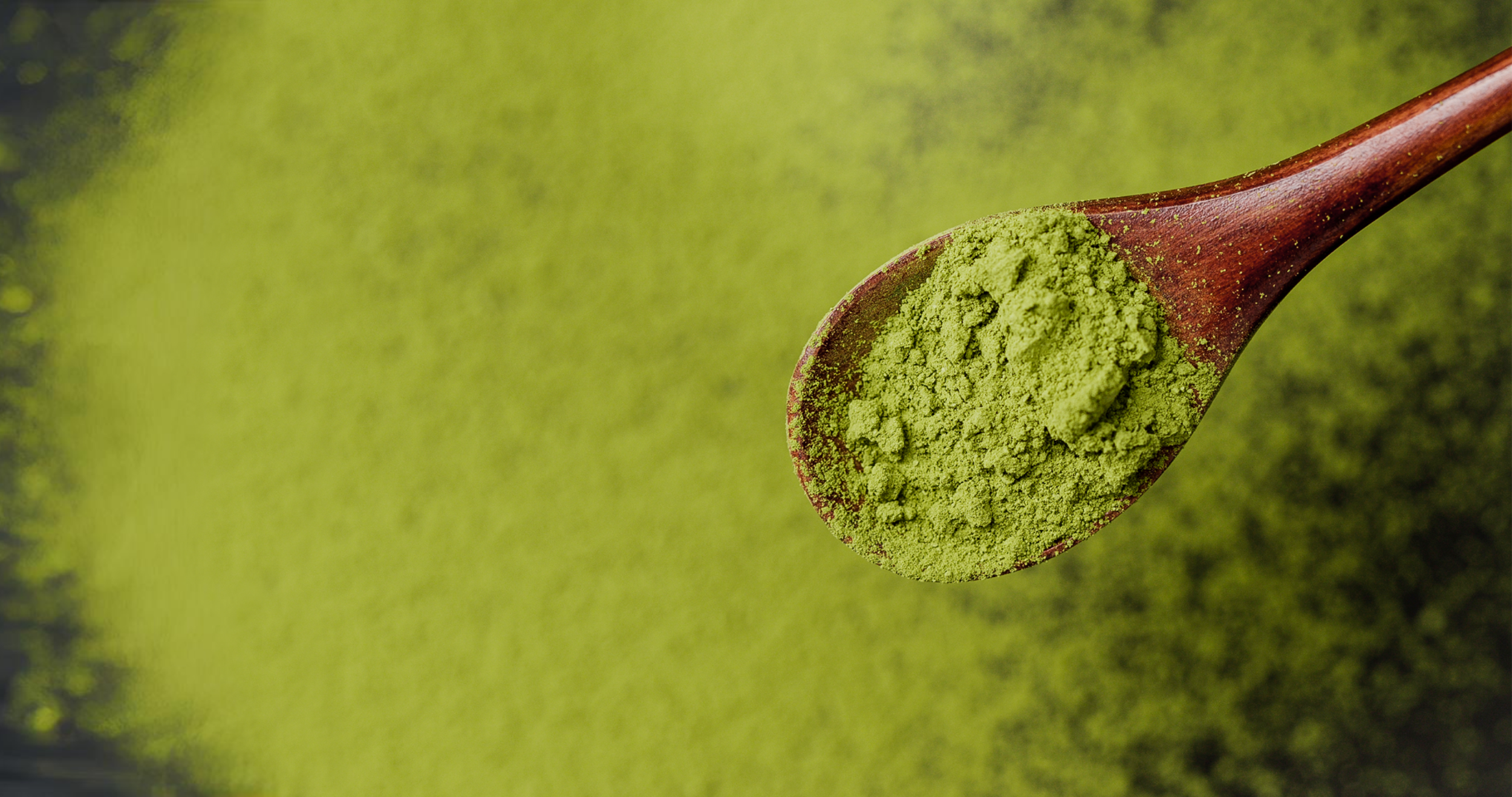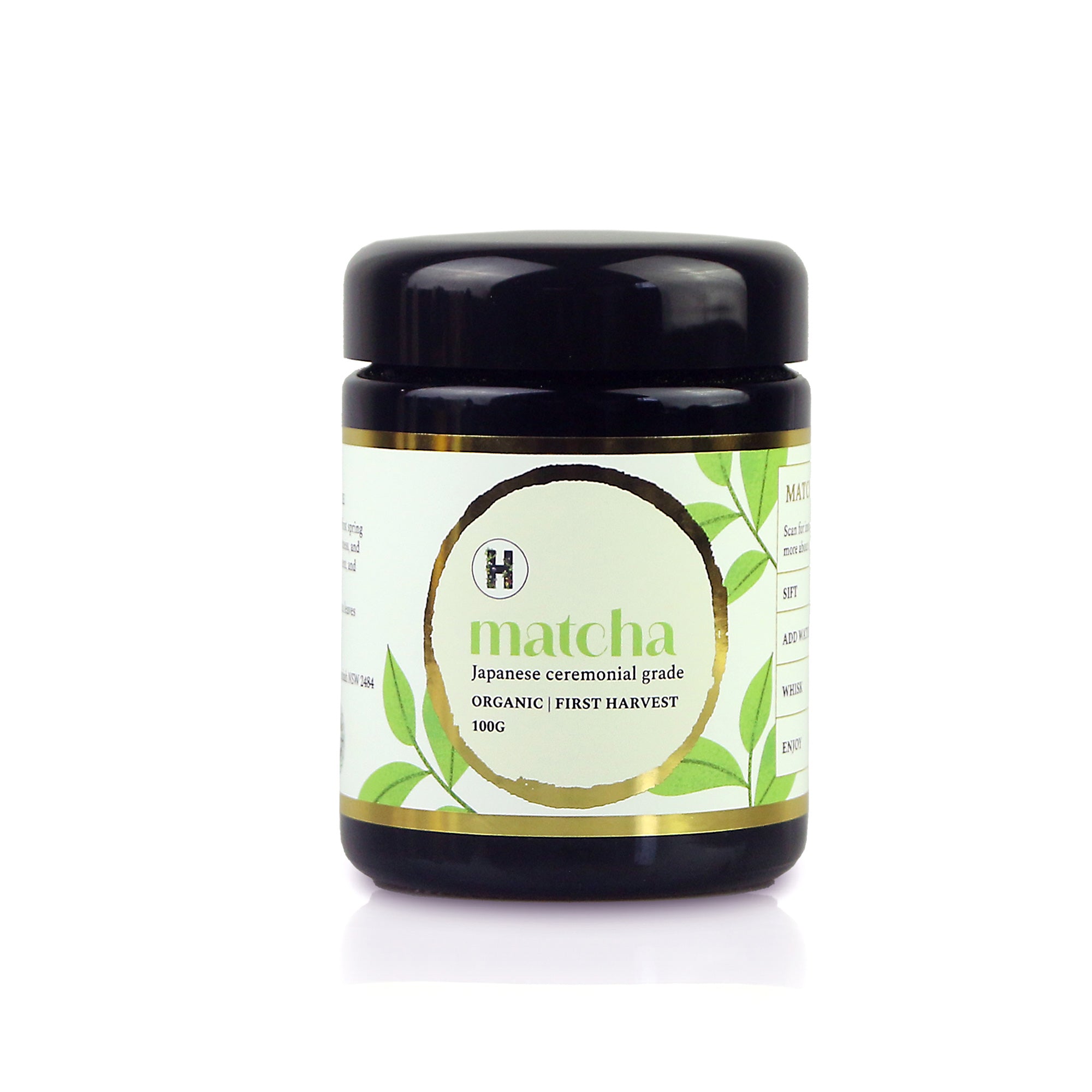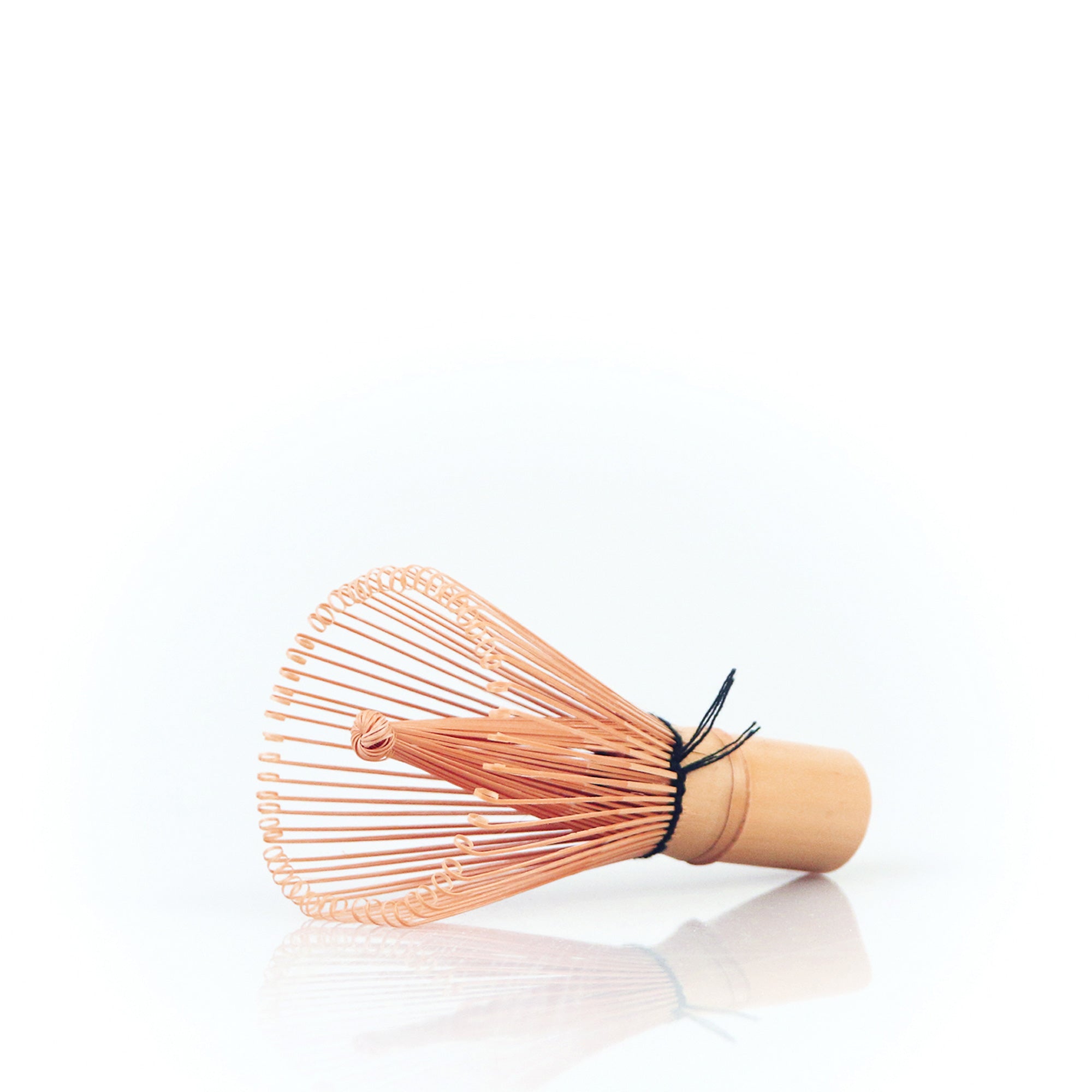Access Denied
IMPORTANT! If you’re a store owner, please make sure you have Customer accounts enabled in your Store Admin, as you have customer based locks set up with EasyLockdown app. Enable Customer Accounts
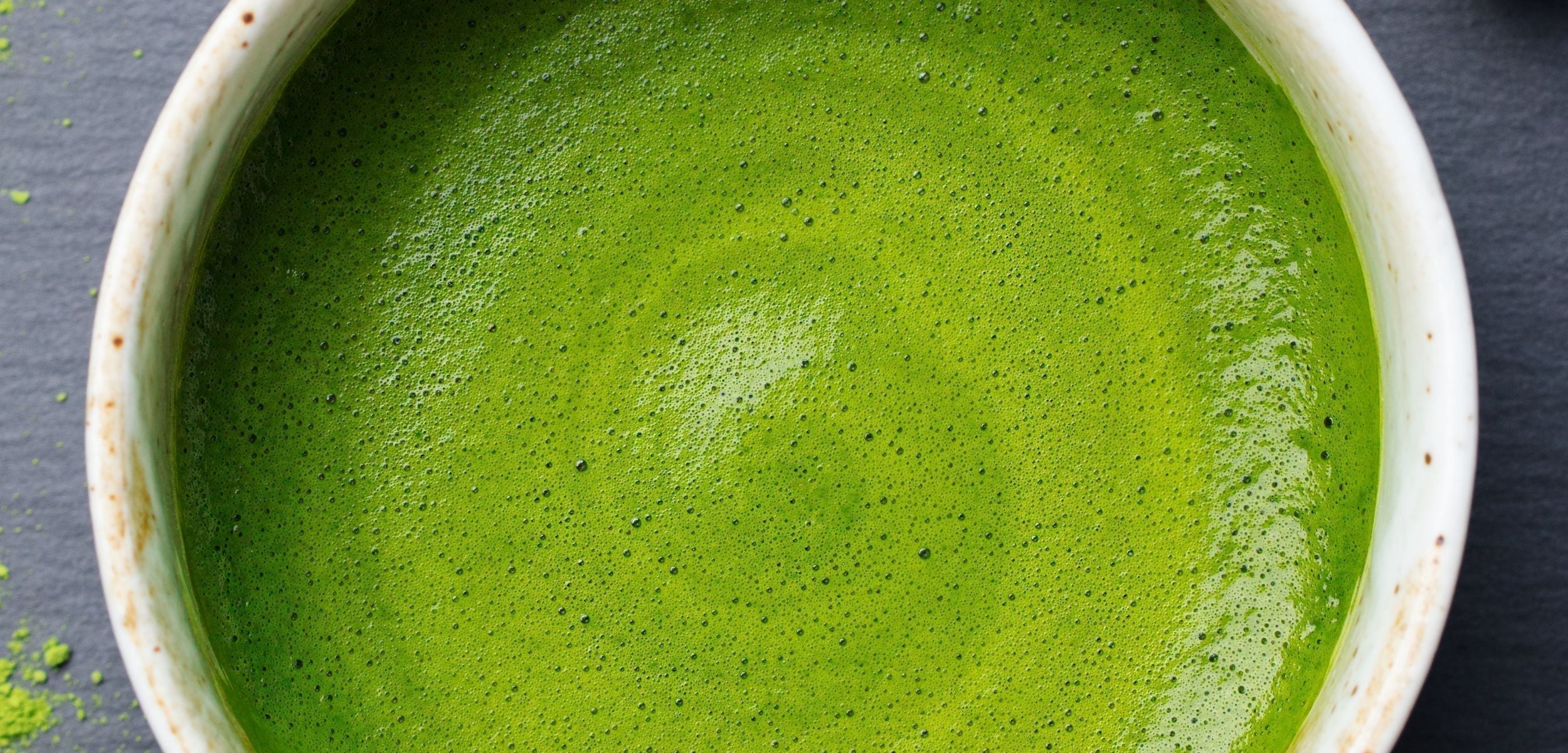
The Magic of Matcha: Ancient Roots, Rituals and Health Benefits
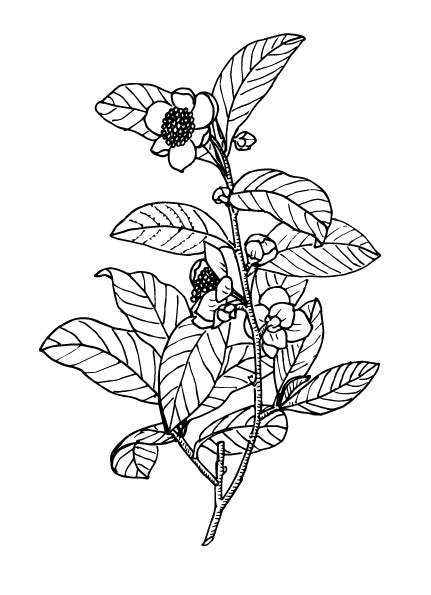
A Glimpse into Matcha's History
Matcha originated in ancient China during the Tang Dynasty (618–907 CE), where tea leaves were steamed and formed into bricks for easy transport and preparation. This powdered tea tradition was later introduced to Japan in the 12th century by Buddhist monks. In Japan, matcha evolved into a central element of Zen Buddhist rituals, offering monks a means to maintain focus during meditation. Over time, matcha became an essential part of Japanese culture, symbolising mindfulness, hospitality, and art through the traditional tea ceremony known as chanoyu.
The Art of Matcha Processing
The unique cultivation and processing methods of matcha distinguish it from other types of green tea. The journey begins with shade-growing, where tea plants are covered for several weeks before harvest. This shading process increases chlorophyll production, deepens the green color of the leaves, and enhances their amino acid content, particularly L-theanine, which contributes to matcha’s signature umami flavor and mood-boosting effects.
Once harvested, only the youngest and finest leaves are selected. The stems and veins are meticulously removed, leaving behind the most tender parts of the leaf. These are then steamed to halt oxidation, preserving their vibrant color and fresh flavour. After drying, the leaves, now known as tencha, are stone-ground into a fine powder. The traditional stone-grinding process is slow and deliberate, ensuring that the delicate nutrients and flavors are preserved. This labour-intensive method produces the silky texture that matcha is known for.
Ceremonial vs. Culinary Matcha
Matcha comes in two main grades – ceremonial and culinary – each suited for different purposes. Understanding their differences ensures you select the right type for your needs:
Ceremonial Grade
- Source: This premium grade is made from the youngest and most delicate leaves at the top of the tea plant.
- Appearance: Vibrant green color with a fine texture.
- Flavour Profile: Naturally sweet, umami-rich flavor with no bitterness.
- Uses: Intended for traditional tea preparation, where it is whisked with hot water to create a smooth, frothy drink. Its refined taste and quality make it ideal for those seeking an authentic matcha experience.
Culinary Grade
- Source: Made from slightly older tea leaves.
- Appearance: While still green, it may not be as vivid as ceremonial-grade matcha.
- Flavour Profile: Bolder and more astringent flavor.
- Uses: Versatile and affordable, making it a popular choice for recipes such as lattes, baked goods, and smoothies. Its robust flavor holds up well against other ingredients in culinary applications.
Traditional and Medicinal Uses of Matcha
Traditional Tea Ceremonies
In Japan, matcha has long been used in the tea ceremony, chanoyu, which emphasises mindfulness, harmony, and respect. Each step of the preparation—from sifting the powder to whisking it into a frothy drink—is performed with intentionality, creating a meditative experience for both the host and guest.
Meditative Aid
Zen monks recognised matcha’s ability to enhance focus during prolonged meditation. Its high levels of L-theanine, an amino acid, promote a state of calm alertness, counterbalancing the stimulating effects of caffeine. This synergy provides sustained mental clarity without the jitters associated with other caffeinated beverages.
Health Benefits
Matcha is renowned for its impressive array of health benefits:
- Antioxidant Power: Rich in catechins, particularly the antioxidant EGCG, matcha helps combat oxidative stress and supports cellular health.
- Energy & Mood Boost: Provides a gentle energy boost thanks to its combination of caffeine and L-theanine.
- Detoxification: High chlorophyll content, a result of its unique shading process, aids in detoxification.
- Heart Health: Studies have linked matcha consumption to improved heart health, reduced inflammation, and better cholesterol levels.
By understanding matcha’s history, processing methods, grades, and uses, you can appreciate the depth and versatility of this treasured green tea powder. Whether you’re savoring a traditional cup or experimenting with matcha-infused recipes, its cultural and health benefits make it a vibrant addition to your routine.
References
References
Anxiolytic activities of Matcha tea powder
https://www.sciencedirect.com/science/article/abs/pii/S1756464619303093
The therapeutic potential of matcha tea: A critical review on human and animal studies
Invalid password
Enter

Happy Herb Co
Dedicated to supporting plant-based health and happiness.
Explore our huge range and discover the wonderful world of herbs at Happy Herb Co.

Australia's Biggest Range
Shop Online or In-Store

Free Shipping Over $150
Australia Wide

25 Years of Service
Our Priority is Satisfaction

Secure Shopping
Powered by Shopify
Happy Herb Co acknowledges the Traditional Owners of Country throughout Australia and recognise the continuing connection to lands, waters, skies and communities. We pay our respect to Aboriginal and Torres Strait Islander cultures, and to Elders both past and present.
- Choosing a selection results in a full page refresh.
- Opens in a new window.

